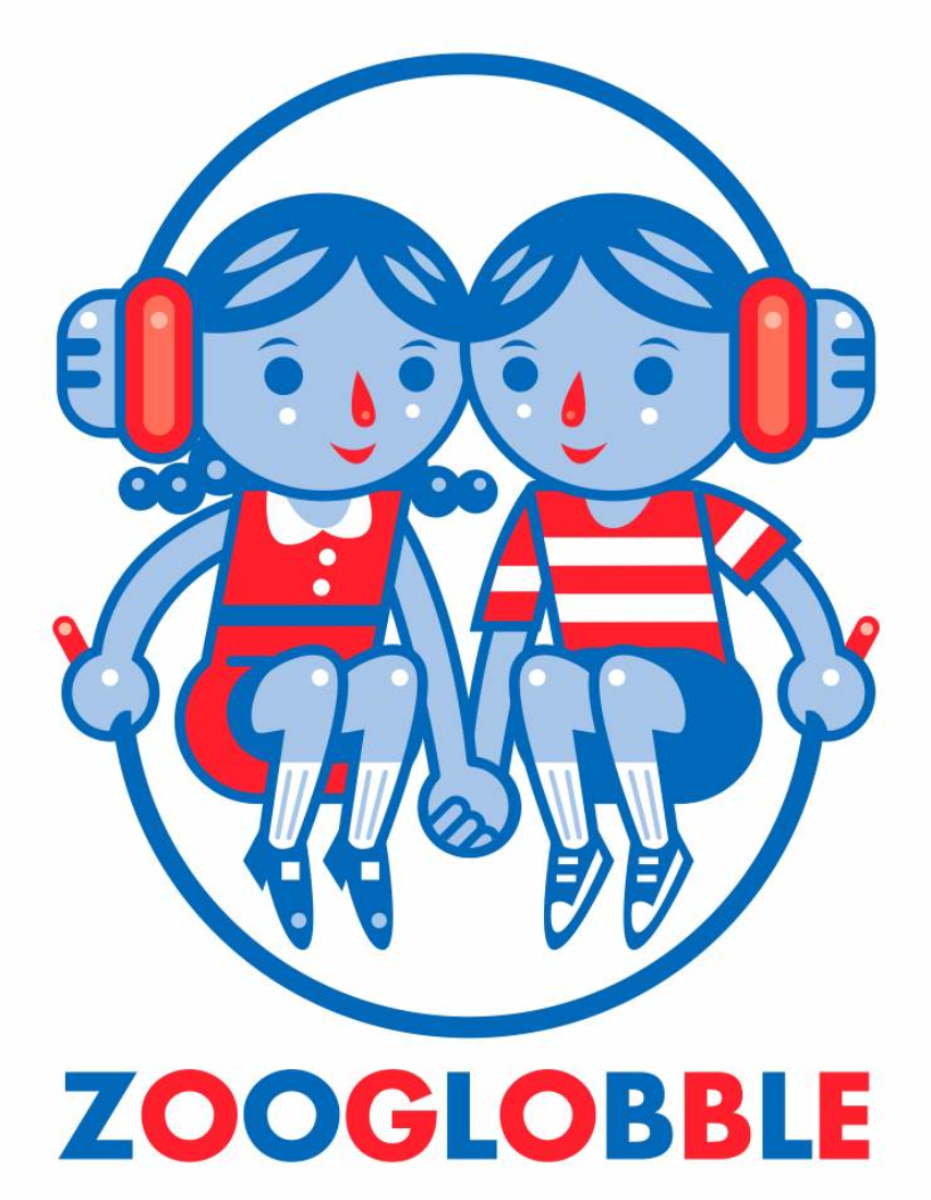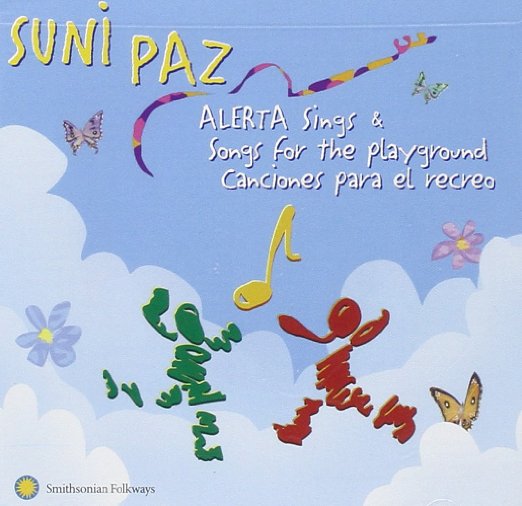Earlier this week, the 16th Annual Latin Grammys were awarded, and the Children's category featured 3 familiar names to fans of kindie (and Zooglobble): Mister G, Lucky Diaz and the Family Jam Band, and 123 Andrés. (The winner this time around was Mister G for Los Animales; Diaz won a couple years ago for ¡Fantástico!.)
Concurrently, as I wrote recently in my review of Sonia De Los Santos' latest album, I think we're in a third wave of Spanish kids music. And I believe that because this new wave has a broad range of musical sounds and is made for entertainment rather than explicitly educational (read: language-learning) reasons, it's likely to stick.
So I thought it was an appropriate time for me to produce a list I've been pondering for awhile, and that's this list of ten great Spanish-language kids music albums.
I'll be the first to admit that the relative paucity on this list of albums released before 2000 is a weakness of this list, but there are no weak albums here -- they are either essential albums from a historical or classroom setting, or they are lots of fun regardless of whether Spanish is your first, second, or sixth language.
I'll also say that this list was harder to compile than I initially thought it might be, not because I struggled to find ten albums to be on the list, but because I had to cut some albums that I initially thought would make it due to sheer numbers. But it's folks like Andrés Salguero and Mariana Iranzi, for example, whom I expect to continue to make quality music along with the rest of these artists.
It's a good time to listen to kids music sung in Spanish -- here are ten albums, ordered chronologically, to let you dive in.
Artist: Suni Paz
Album: ALERTA Sings & Songs for the Playground (2000 on CD; the two albums date to 1980 and 1977, respectively)
Description: 44 traditional nursery rhyme and playground songs, with some folk songs as well, sung by perhaps the best-known bilingual Spanish-language (female) kids' musician. (Paz has a number of albums for adults as well.) Released on Smithsonian Folkways. Features a handful of songs in English to go along with the primarily Spanish-language songs. Many songs for preschoolers, but also older
Artist: José-Luis Orozco
Album: De Colores and Other Latin American Folk Songs (2003 on CD, though it dates back to the '90s at least)
Description: 27 traditional folks songs for children, sung by perhaps the best-known bilingual Spanish-language (male) kids' musician. Looking for an album to learn songs for use in a (preschool) classroom setting? Start here.
Artist (Label): Putumayo Kids
Album: Brazilian Playground (2007, tweaked and re-released in 2012)
Description: Putumayo has of course built its business on bringing songs from around the world to the English-speaking part of the world. This album is particularly dance-y. It's not necessarily "kindie," but it's a lot of fun. Oddly enough, even though the album got a second release, it's now out-of-print. Latin Playground, which draws from a broader range of countries, is an acceptable (in-print) substitute. [Review]
Artist: Dan Zanes
Album: ¡Nueva York! (2008)
Description: Probably the first "kindie" Spanish-language album, almost entirely in Spanish, but with an undeniably Zanes-ian roots-rock spin. It's not quite a "Dan Zanes" album -- it's missing some of the goofiness interwoven through his best work -- but it's generous and open in sharing the stage (or recording studio) with many wonderful artists and songs. [Review]
Artist: Baby Loves Salsa
Album: Salsa for Kittens & Puppies (2008)
Description: Part of the "Baby Loves..." series, which started with disco and then (briefly) branched into a series of different genres. This one is produced by Grammy winner Aaron "Luis" Levinson and features a host of all-star players, including Jose Conde on vocals. The lyrical content (mostly Spanish) is for preschoolers (it is "Baby Loves..." after all), but the music will appeal to a broader range.
Artist (Label): Minimusica
Album: Los Animales / Els Animals (2012)
Description: There is plenty of traditional Spanish-language folk music and instrumentation on this list, but this compilation was the first album that really changed my notion of what Spanish-language kids music could be -- it's basically indie rock for kids in Spanish, made for Spanish kids. Subsequent albums (Stateside) took a similar approach, but this is my favorite from Minimusica's four such collections. [Review]
Artist: Moona Luna
Album: Vamos, Let’s Go! (2013)
Description: Sandra Velasquez's band for kids can sometimes feel like it has an "educational" bent in that its lyrics are simple, often mimicking the English in its Spanish verses and vice versa. But she has a sharp ear for hooks, and this particular album, which uses the sounds of late '50s and early '60s rock and roll, has a unique sound not duplicated elsewhere on this list. Definitely one of my favorite bilingual artists. [Review]
Artist: Mister G
Album: Los Animales (2015)
Description: As the Massachusetts-based Mister G has recorded more albums in Spanish and English, his songs have become pared down more to their bare essentials. This album focuses on animals and is focused on preschoolers, but he brings in a number of top-notch musicians to give the songs a rich folk-rock texture with Latin accents. [Review]
Artist: Lucky Diaz and the Family Jam Band
Album: Adelante (2015)
Description: Diaz is another artist who is pushing the boundaries of what Spanish-language kids' music can sound like. This is a big, poppy bilingual record with a foot planted in English-language pop-rock and the other foot planted in more traditional Spanish sounds. If there's an album on this list that will challenge preconceptions of what Spanish-language kids music made in America can sound like, this is it. [Review]
Artist: Sonia De Los Santos
Album: Mi Viaje: De Nuevo León To the New York Island (2015)
Description: I think it's appropriate that one of the artists featured by Dan Zanes on his ¡Nueva York! album gets a spot of her own. It takes a very broad view of Spanish-language music, covering songs from either side of the Atlantic Ocean and recounting, in a manner of speaking, her own journey from Mexico to New York City. Ecumenical in its musical approach, from traditional instrumentation to Dan Zanes roots-rock. [Review]






















